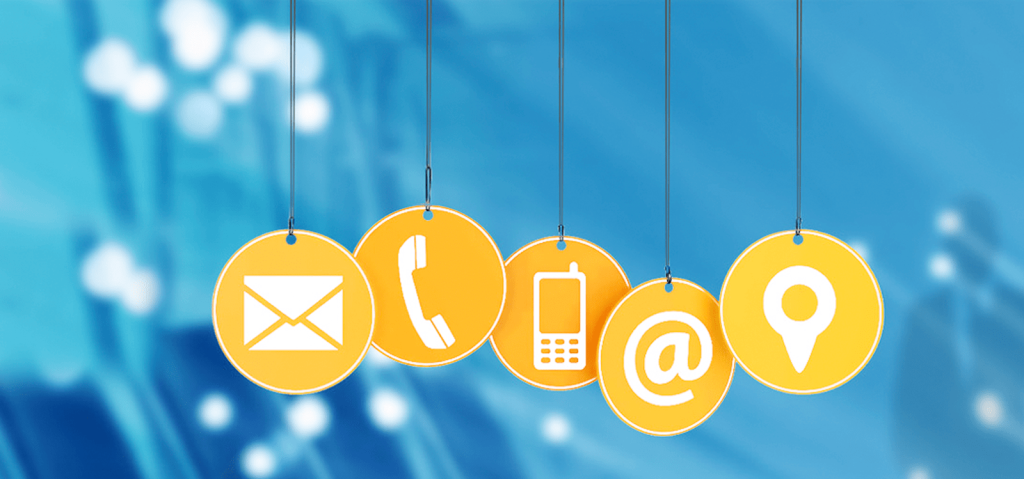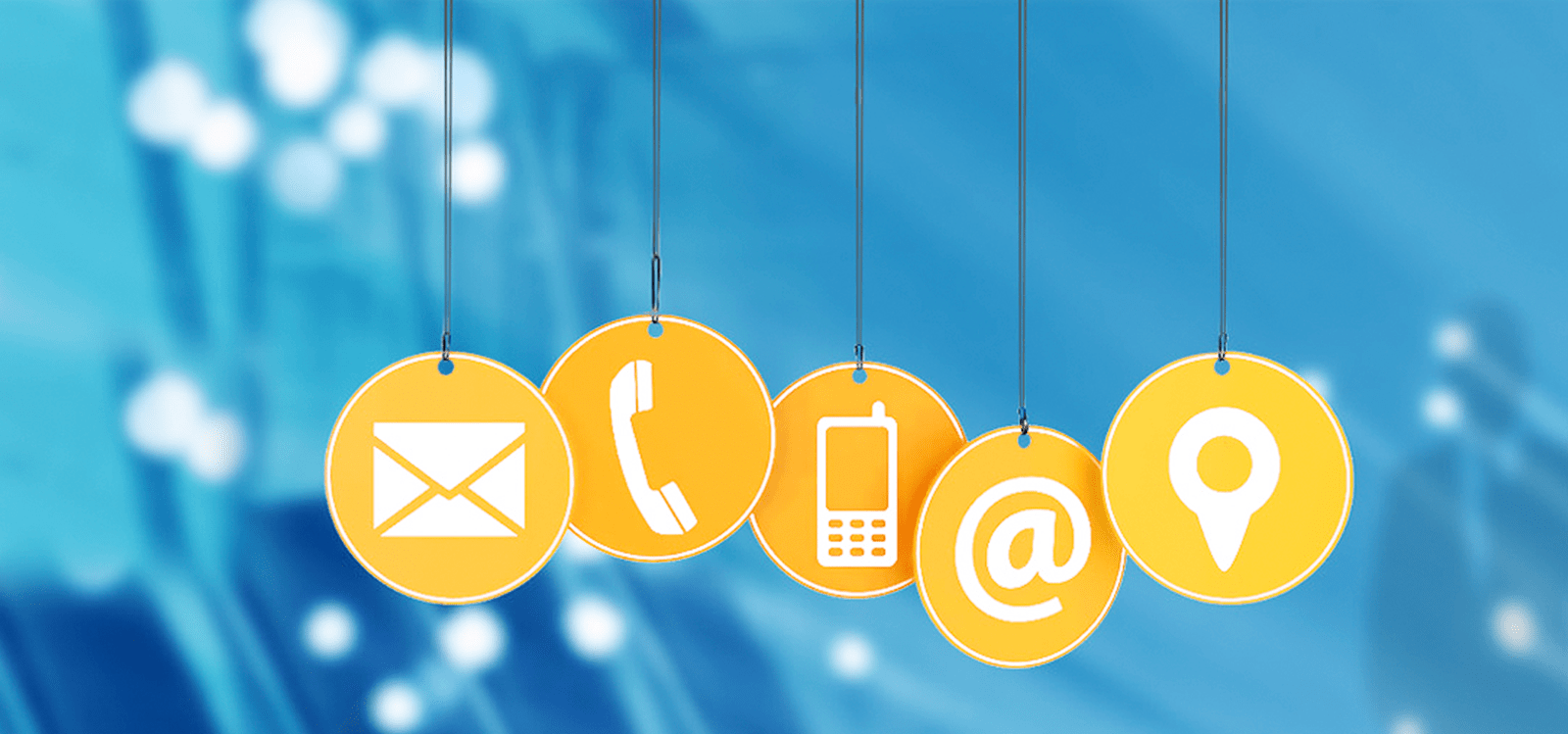Post
Aviator Login – Access Your Account Easily and Securely_9
-
Aviator Login – Access Your Account Easily and Securely
-
Steps to Initiate Your Aviator Login
-
Understanding the Login Interface
-
Entering Your Credentials with Precision
-
Troubleshooting Common Sign-In Issues
-
Enhancing Security for Your Aviator Profile
Aviator Login – Access Your Account Easily and Securely
In a world where digital interactions are paramount, ensuring a straightforward method for engaging with your profiles is crucial. This guide delves into the aviator game streamlined process designed for those looking to immerse themselves swiftly into their user experience. By understanding the essentials, individuals can navigate with confidence and efficiency.
One of the key aspects of this process is validating your identity. Utilizing robust credentials, including a unique username and a strong password, serves as the first layer of protection. Be wary of common pitfalls such as using easily guessed phrases or repeated combinations. Instead, consider employing a mix of letters, numbers, and special characters to elevate your security.
After entering your details, the interface typically presents user-friendly features, aimed at enhancing your navigation. Familiarizing yourself with the layout and available tools not only saves time but also maximizes your interaction. Regular updates and systematic enhancements ensure that the platform remains current with technological advancements, providing both speed and reliability.
Furthermore, should you encounter any barriers or forget your credentials, recovery options are usually available, guiding you through the necessary steps. Embracing these quick solutions can alleviate frustration and promote a seamless experience, allowing you to focus on what truly matters.
Steps to Initiate Your Aviator Login
Follow these precise steps to begin your session swiftly:
- Open the official website in your preferred web browser.
- Locate the sign-in section prominently placed on the homepage.
- Click on the designated button or link that directs you to the entry form.
Once you’ve accessed the entry form, proceed with the following:
- Enter your unique identifier in the specified field. Ensure there are no typographical errors.
- Provide your secret passcode in the corresponding section. Take care that the input is case-sensitive.
- Use the ‘Remember Me’ option if you wish to maintain your details for future sessions, but exercise caution on shared devices.
After reviewing your inputs:
- Click the confirmation button to submit your information.
- If all details are accurate, you will be redirected to the main interface.
- If you encounter any access problems, utilize the recovery options provided for assistance.
It’s wise to regularly update your passcode to enhance your protection and routinely check for any unauthorized activity following each session. Maintain your login credentials confidential to prevent unauthorized access.
Understanding the Login Interface
The entry portal is designed for user convenience, featuring a streamlined layout that minimizes complexity. Upon navigating to the platform, individuals are welcomed by a clear prompt requesting key credentials. This interface is built to foster a swift connection while prioritizing clarity.
Field Labels: Each section for information input is clearly labeled, reducing the chances of submitting incorrect data. The email address field is often marked prominently, ensuring users understand what is required. A distinct password section follows, usually accompanied by a visibility toggle, allowing individuals to check their input for accuracy.
Error Messaging: The system includes immediate feedback mechanisms. If an entry fails to meet criteria or is incorrect, specific alerts guide users on necessary adjustments. This instant response not only enhances user experience but also bolsters the security of the platform by preventing unauthorized attempts.
Security Features: Multi-factor authentication options may be presented, encouraging users to enable additional layers of protection. Choosing strong, unique passwords is emphasized, and guidance is often provided on creating stronger passwords to fortify defenses against breaches.
Accessibility: The design prioritizes inclusivity, incorporating features like screen reader compatibility and keyboard navigation. This ensures that all users, regardless of ability, can efficiently navigate the login process.
Recovery Options: Should a user encounter difficulty remembering their password, recovery pathways are included. These options usually involve sending a secure link to the registered email, allowing for password resets without compromising security.
Efficiency Tips: To expedite the process, many interfaces remember logged-in devices or provide the option to stay signed in, enhancing convenience for regular users while reminding them about security implications. It’s advisable to use this feature only on trusted devices.
Entering Your Credentials with Precision
When logging into a platform, accuracy in entering your details is crucial. A small mistake can lead to access issues, forcing you to reset passwords or resolve account lockouts. Familiarize yourself with the input fields, ensuring clarity in spelling and casing.
Password complexity is vital. Use a combination of uppercase letters, lowercase letters, numbers, and special characters. This enhances security. Consider employing a password manager to generate and store strong passwords, minimizing the risk of memory lapses and typographical errors.
Employ the following strategies to enhance credential entry:
| Check for Caps Lock | Ensure this key is inactive when entering sensitive information. |
| Use a Secure Connection | Log in only via secure networks to avoid data interception. |
| Organize Input | Use a structured approach for entering details to reduce errors. |
| Review Before Submission | Always double-check all input fields before finalizing. |
| Enable Two-Factor Authentication | Add an extra layer of security by verifying identity through additional methods. |
Regularly updating your password, ideally every few months, improves overall safety. Establish a routine for this practice, and aim for unique passwords across different platforms to mitigate the impact of potential breaches.
Be cautious of phishing attempts that disguise themselves as legitimate login requests. Always verify the source before entering any credentials, particularly in unsolicited emails or messages. For added awareness, look for browser address bars that signal secure connections.
By focusing on precision and vigilance during the entry process, users can significantly boost their security posture and enjoy a smoother experience while engaging with digital services.
Troubleshooting Common Sign-In Issues
Facing difficulties while attempting to authenticate? Here are some specific strategies to resolve frequent problems:
Forgotten Credentials: If you cannot recall your password, utilize the ‘Reset Password’ option. Typically, a link will be sent to your registered email. Ensure you have access to that email to follow through with the reset process.
Incorrect Username: Double-check the username for typos. Sometimes, small errors, such as an extra space or a misplaced character, can lead to failed attempts. Refer to any previous correspondence or confirmations for the correct username.
Browser Issues: Outdated browsers can cause compatibility issues. Update your browser to the latest version or try accessing the platform with a different browser. Clearing the cache and cookies may also enhance performance.
Two-Factor Authentication Problems: If you have enabled an additional verification method, ensure your device is receiving codes properly. Check to see if your phone has signal or if notifications are allowed. If needed, request a new code.
Account Lockout: Repeated unsuccessful trials may trigger a temporary lock on your profile. Wait for a designated period before attempting to log in again. During this time, consider using the password recovery option if needed.
Network Troubles: A weak or unstable internet connection can hinder the sign-in process. Test your network speed and consider switching to a different connection if issues persist.
Device Compatibility: Ensure that you are using a device that meets the requirements for optimal interaction. Some older devices may not support certain functionalities.
Should problems persist, reaching out to customer support for further assistance may provide additional solutions tailored to your specific situation. Consider documenting any error messages or codes, as they can significantly aid in troubleshooting your issues effectively.
Enhancing Security for Your Aviator Profile
To protect your profile, consider implementing two-factor authentication (2FA). This adds an additional verification step, making unauthorized access significantly more challenging. Many platforms offer this feature via authenticator apps or SMS codes.
Regularly updating your password is essential. Create a strong passphrase that includes a mix of uppercase and lowercase letters, numbers, and special characters. Aim for at least 12 characters. Avoid using identifiable information such as birthdays or names.
Be cautious when using public networks. If connecting via Wi-Fi in cafés or airports, utilize a virtual private network (VPN) to shield your data from potential eavesdroppers. This encrypted connection makes it difficult for malicious actors to intercept communications.
Monitor your profile activity regularly. Check for unfamiliar logins or changes to personal information that you did not authorize. Many platforms provide logs of recent sessions; review these for any suspicious behavior.
Be aware of phishing attempts. Always verify the authenticity of emails or messages claiming to be from the service provider before clicking any links. Secure communications typically include personalized details or direct you to the official website.
Utilizing security questions can add another layer of protection. Choose questions and answers that are not easily guessed. Consider using false answers that only you would remember.
When setting up notifications, enable alerts for any login attempts and unusual activity. Timely alerts allow you to respond quickly if something appears amiss.
Lastly, ensure that the software on your devices is up-to-date. Regular updates fix vulnerabilities that could be exploited by cybercriminals. Install antivirus software to provide an additional security layer against malware.



